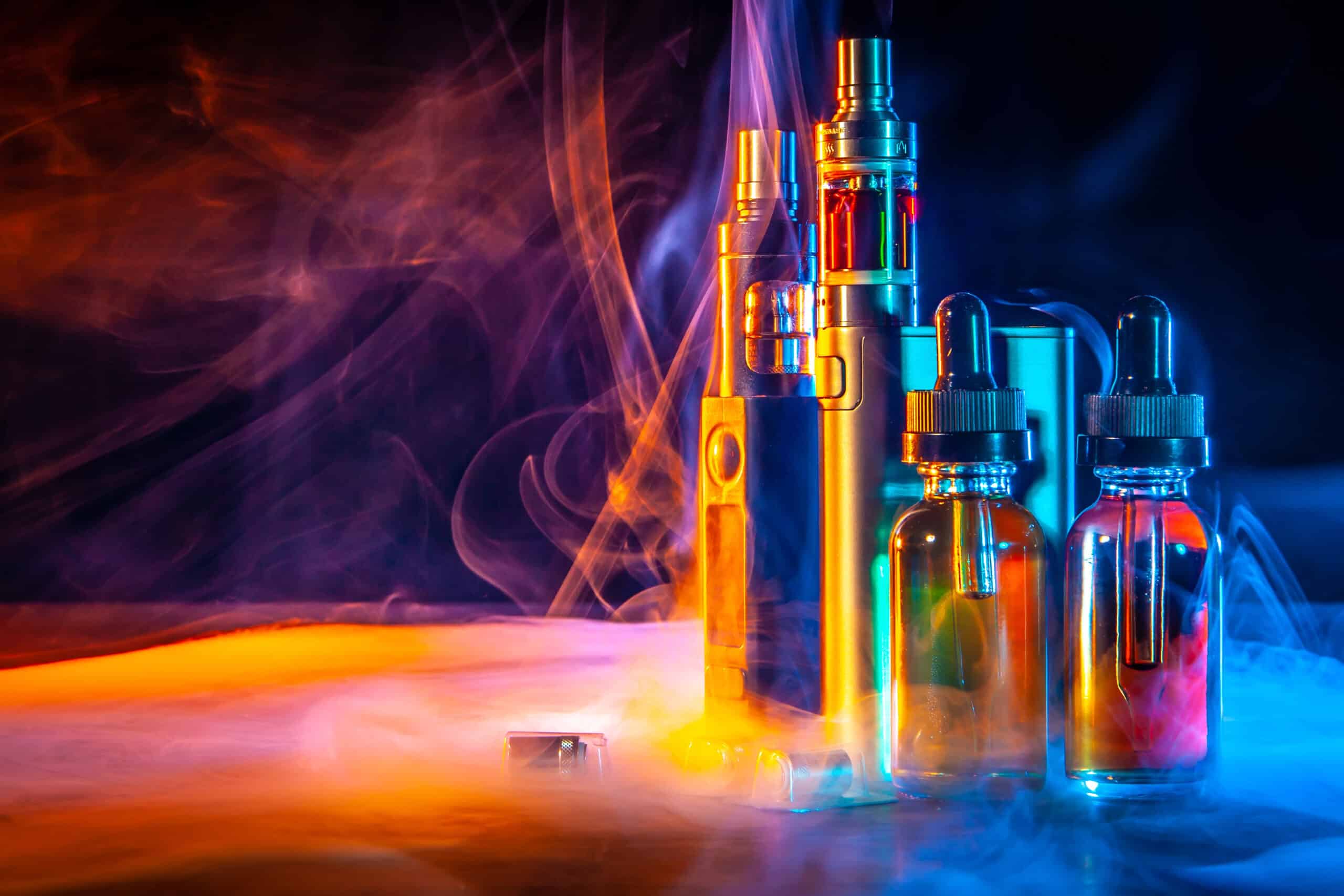Mint and menthol-flavored e-cigarettes are highly popular due to their “cooling” effect. E-cigarette suppliers recently started marketing synthetic cooling agents as additives that have a cooling effect, but lack a “minty” odor. Yet, there is very limited knowledge about the content of synthetic coolants in e-cigarettes marketed in the U.S.—or about their health risks.
“In a prior study we discovered that a synthetic cooling agent, WS-3, was added to Juul electronic cigarettes marketed in Europe,” said presenting author Sven Jordt, Ph.D., associate professor in anesthesiology and associate professor of pharmacology and cancer biology, Duke University School of Medicine, Durham, North Carolina. “Juul was the most popular e-cigarette brand at the time. This led us to explore whether synthetic cooling agents are also added to electronic cigarettes marketed in the United States.”
Dr. Jordt and colleagues began their study by looking at e-liquid vendor sites, searching for certain terms such as “kool/cool” and “ice.” They looked to see whether the companies sold cooling agents W-3 and WS-23. They focused much of their research on “ice” as well as “non-ice” varieties of Puffbar—currently the most popular e-cigarette brand, which was designed as a disposable e-cigarette to evade the Food and Drug Administration’s regulation of “pod” devices such as Juul, which use exchangeable cartridges.
The researchers characterized e-liquids and synthetic coolants using gas chromatography/mass spectrometry, which identify different substances within samples. They then calculated the margin of exposure (MOE) to determine the risk associated with synthetic coolant exposure from e-cigarette use. An MOE of 100 means that the user’s exposure is 100 times lower than levels proven to cause toxic effects in the organs of animals. Scientists studying potentially harmful substances are aware that MOE below 100 indicates increased risk.
“When the MOE is below 100, regulators such as the FDA or World Health Organization should review the safety of the product and advise manufacturers about steps to make the product safe to use,” stated Dr. Jordt, who also pointed out that he and the research team modeled regular vaping use scenarios from occasional use to heavy use.
The scientists detected WS-3 in 24 of the 25 refill e-liquids they identified. Nearly all (13 out of 14) disposable Puffbar flavor varieties contained WS-23, with 5 of 14 also containing WS-3, in both “ice” and “non-ice” flavors.
Alarmingly, modeling consumption of vaped e-liquids revealed MOEs below the safe margin (<100) for most levels of daily vaping. MOEs for WS-23 from 11 of 13 Puffbar products were less than 100 in all use scenarios.
Synthetic cooling agents were found not only in mint- or menthol-flavored products, but in fruit- and candy-flavored products, including Puffbar and other disposable e-cigarettes. Puffbar markets flavors such as Mango, Vanilla, Berry and many other sweet flavors popular with young people.
“Our measurements and calculations demonstrate that e-cigarette users inhale WS-3 and WS-23 at levels higher than those considered safe by WHO, with the potential to cause organ toxicity,” said Dr. Jordt. “Regulators such as FDA should consider reviewing product safety of Puffbar vaping devices and the e-cigarette refill liquids we tested.”
Although they were found in the most popular e-cigarette devices, “WS-3 and WS-23 are regulated by the FDA as food additives, but not for inhalation. E-cigarette manufacturers are ‘flying blind’ by adding these chemicals.”
In April 2021, the American Administration announced its decision to ban menthol cigarettes and flavored cigars. In a press release, the ATS noted, “Flavored tobacco products have been a key strategy in Big Tobacco’s marketing arsenal to initiate smokers at an early age.”
ATS Press Release: Menthol Cigarettes Banned: FDA Takes Bold Action to Save Lives
The decision comes after a protracted battle in the courts in which the tobacco industry’s aggressive marketing of menthol cigarettes was challenged by medical and public health organizations, including the American Thoracic Society.
Most recently, the ATS joined over 70 other medical and public health organizations in a letter to FDA leadership urging the agency to finally take concrete action to ban menthol and other flavored tobacco products. The letter summarized the extensive evidence-base documenting the detrimental role menthol and other flavors play in tobacco initiation and addiction.
“We are pleased that the FDA is finally taking action to remove menthol-flavored cigarettes from the market, said ATS Tobacco Action Committee Chair Michelle Eakin, PhD. “When Congress first passed the Tobacco Control Act in 2009, it immediately banned flavored cigarettes from the U.S. market, but exempted menthol cigarettes. It is very exciting to finally see these harmful products removed.”
Furthermore, the science supporting the FDA’s action is compelling: menthol makes cigarettes more addictive, menthol targets kids, and menthol makes it harder to quit.
The last year has highlighted serious health inequities. Black Americans are much more likely to smoke menthol products. This is a result of the tobacco industry heavily marketing menthol cigarettes in largely Black communities.
“There is no question that menthol cigarettes are harmful and disproportionately target low-income individuals and Black Americans,” said ATS Tobacco Action Committee Vice-Chair Hasmeena Kathuria, MD. “This is an incredibly important step to improve health equity and we are pleased that the FDA is finally taking action to remove menthol cigarettes from the market. “
By banning menthol cigarettes, the American Government and the FDA are taking a significant step to reduce health disparities, especially among Black Americans, who have paid an enormous price in both their health and daily lives.
The ATS also strongly supports the FDA’s proposal to remove candy-flavored cigars. Like menthol products, flavored cigars pose a unique danger to America’s youth. Flavored tobacco products have been a key strategy in Big Tobacco’s marketing arsenal to initiate new smokers at an early age.




